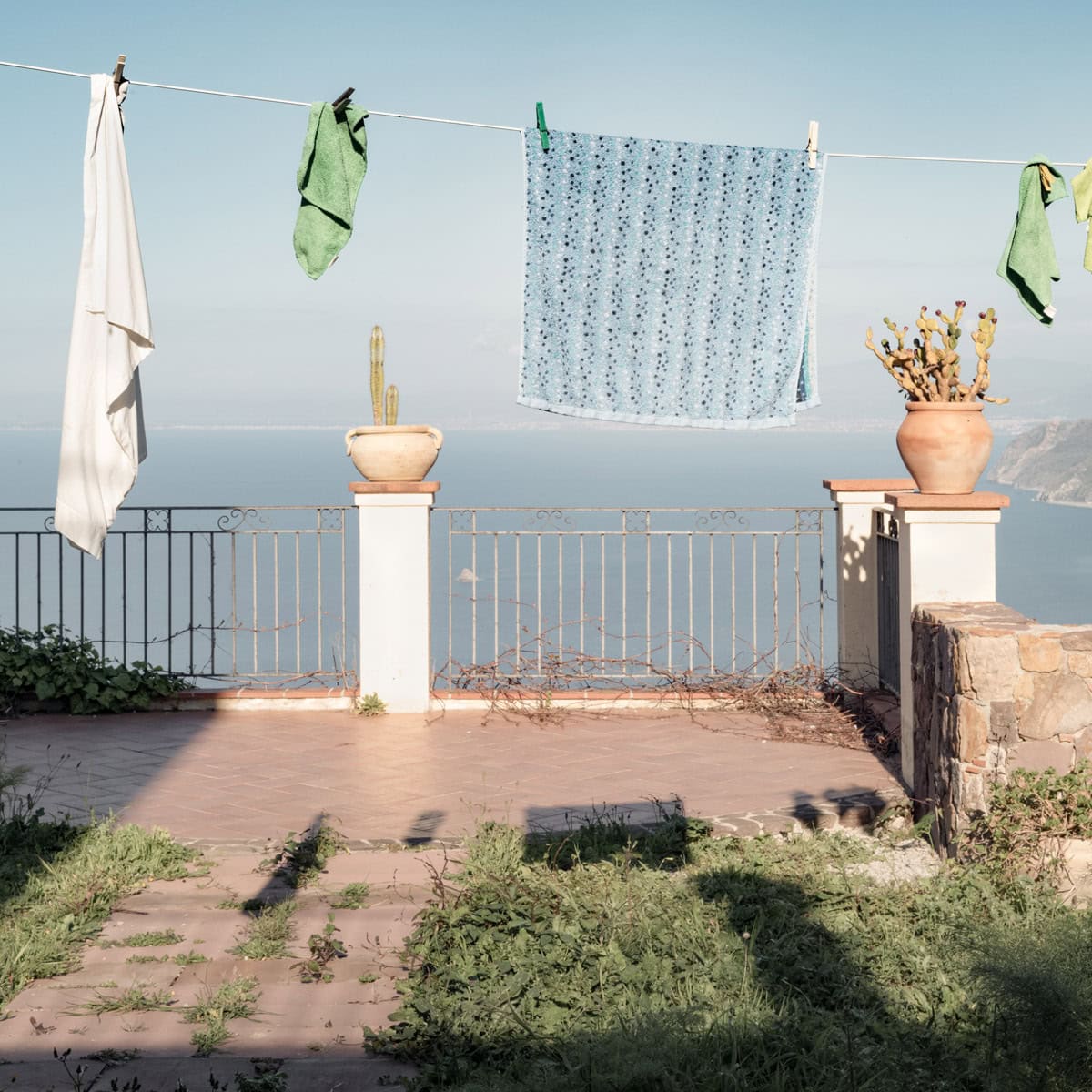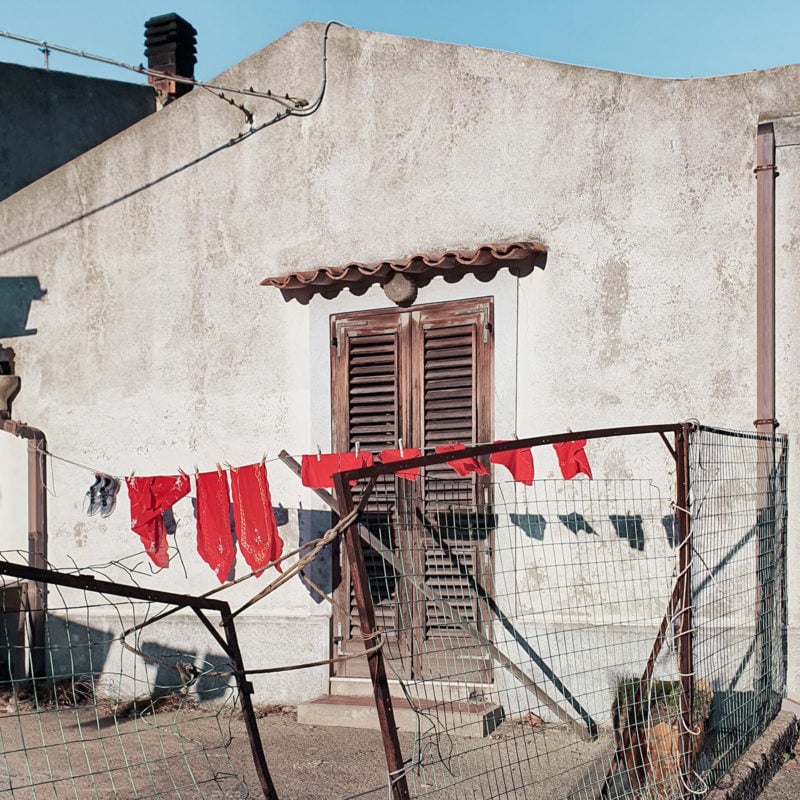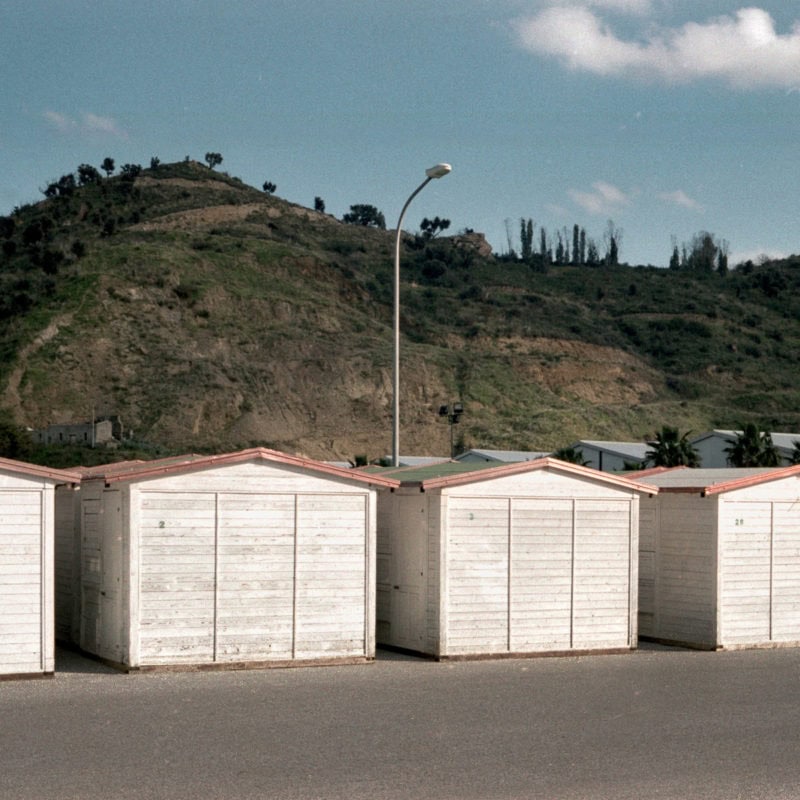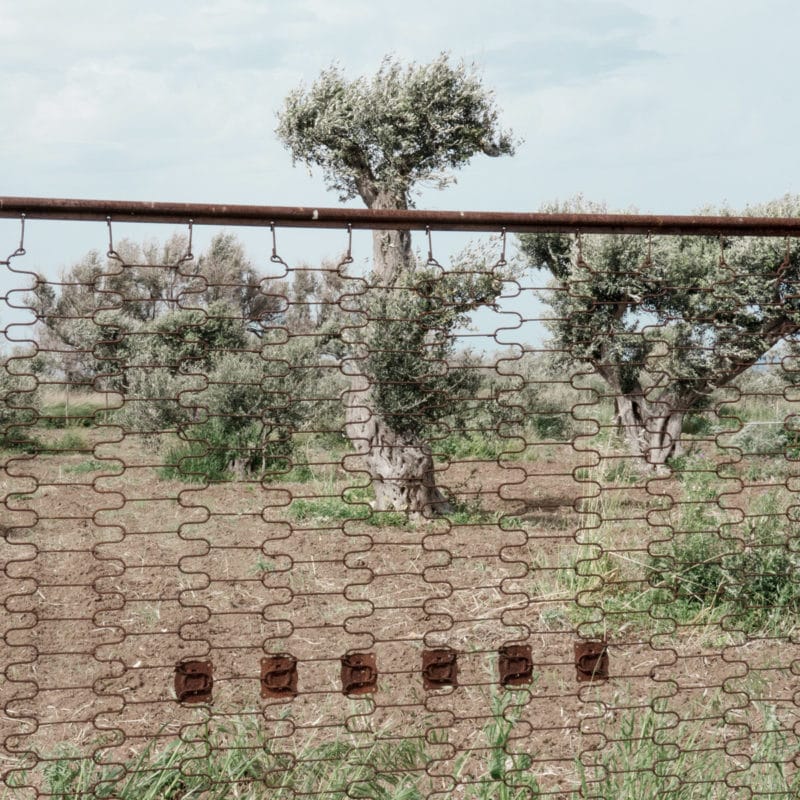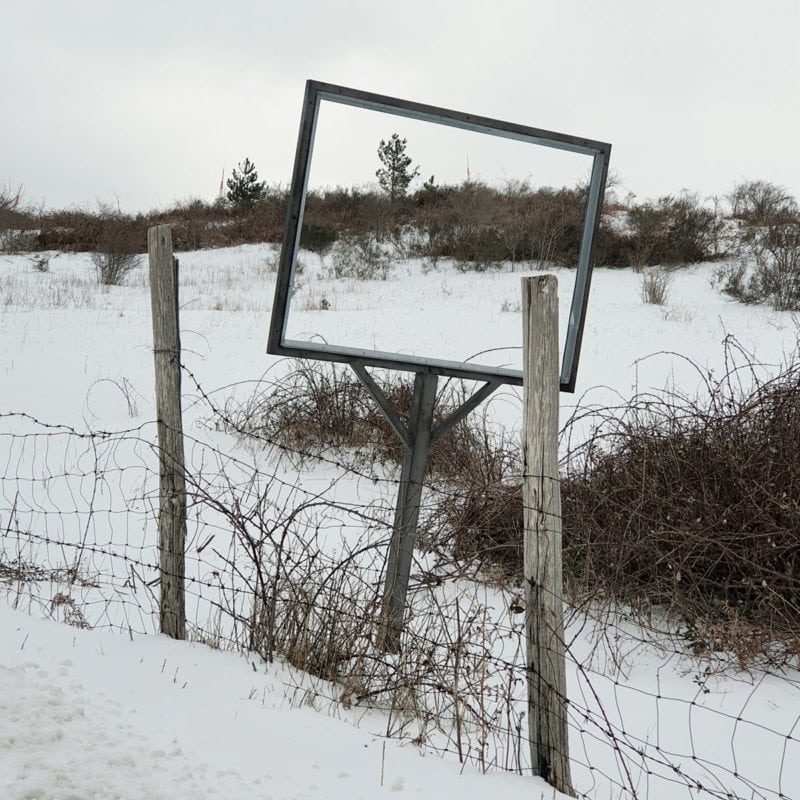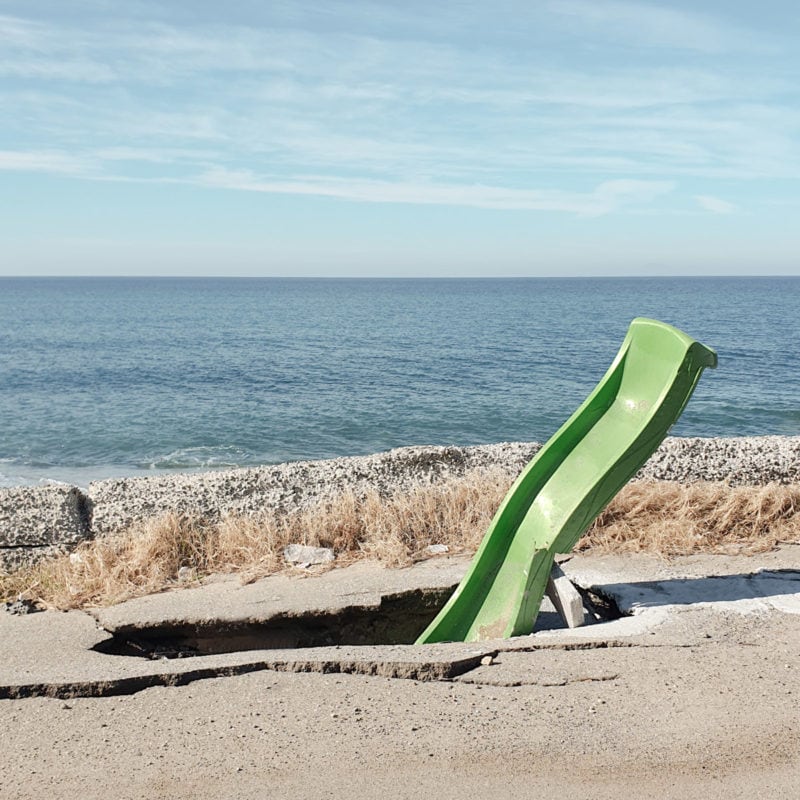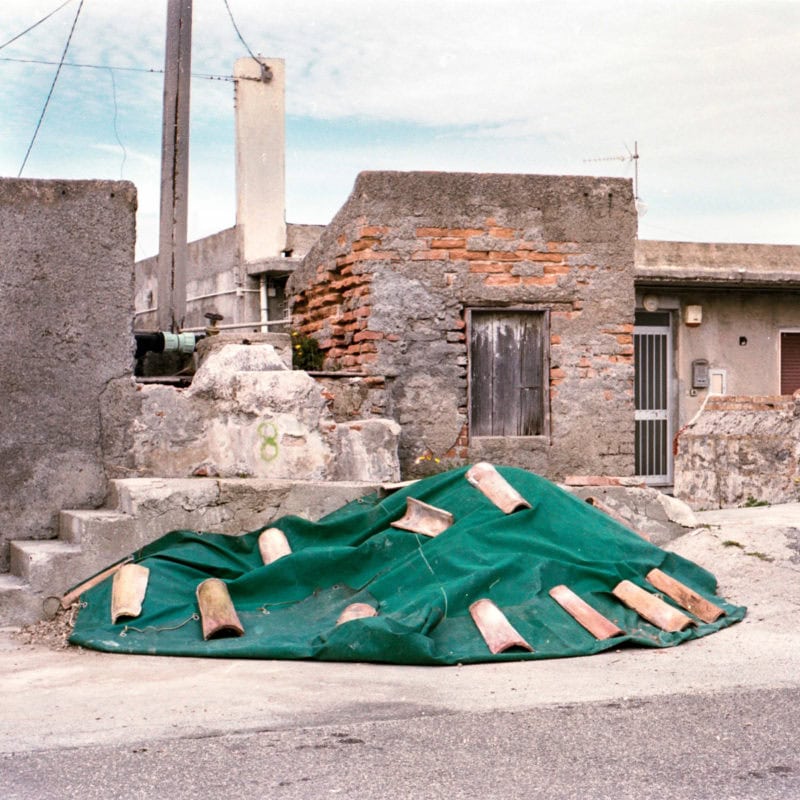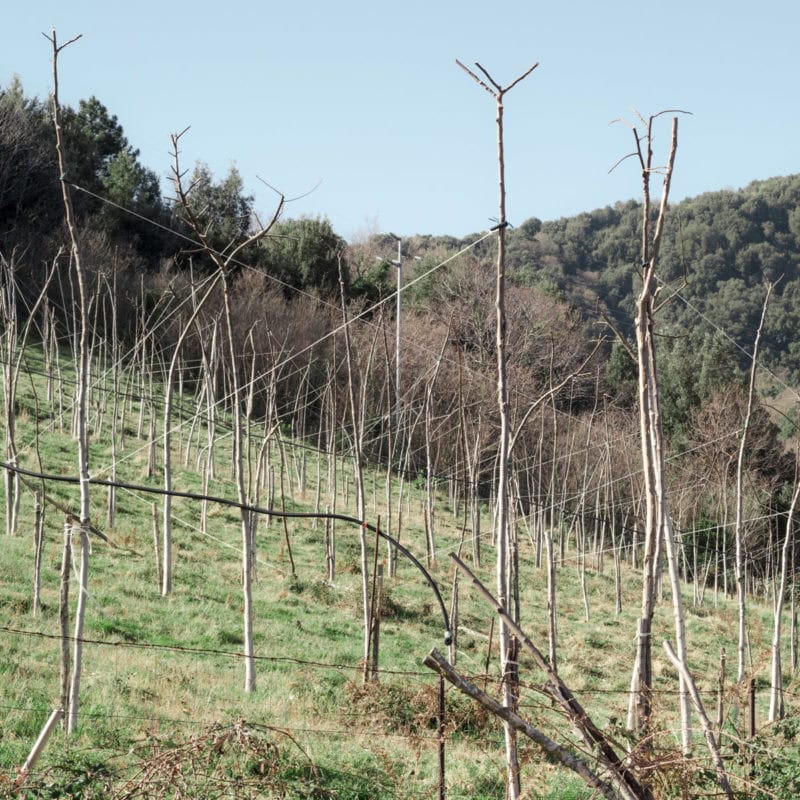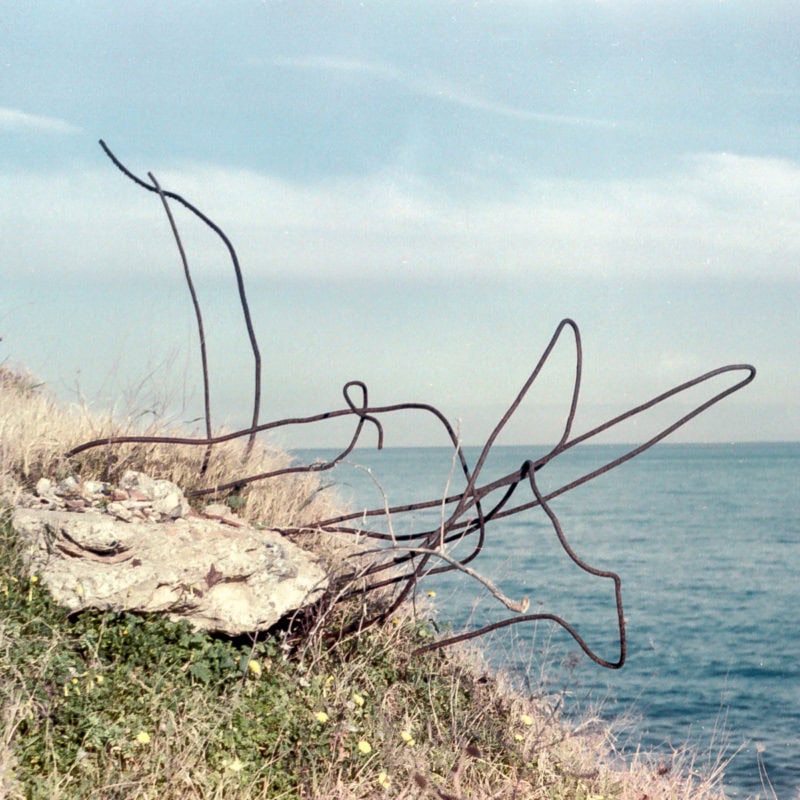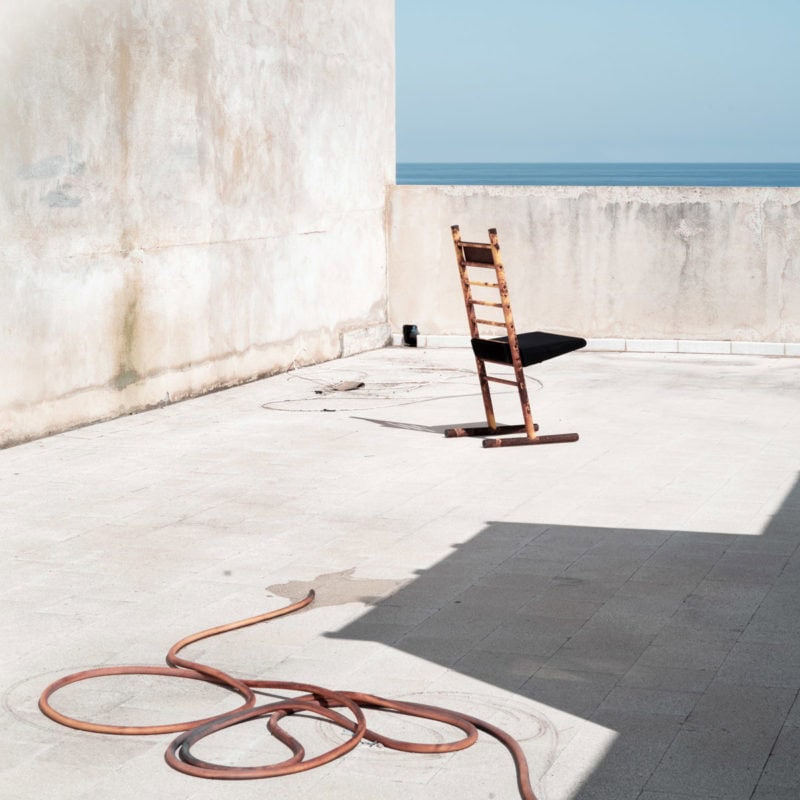This is an unpublished project premiered today on C41 Magazine.
Nicola Buonomo is a 34 year old Italian photographer who lives in Sicily. He has a degree in medicine and a specialization in child and adolescent neuropsychiatry. In parallel with his medical studies, he studied theater and took part in several experimental theater performances where the first matter of the research was to strive towards the truth of form and emotion, rejecting any type of formal cliché.
For some years he has deepened the photographic practice through a self-taught path and, subsequently, through an individual path with a professional photographer who has allowed him to refine the technique but, above all, to understand the historical and cultural roots of the photographic image. Today, photography is for him a tool for understanding the “things” of the world and a pretext to restore meaning to the apparent chaos of everyday life. He likes images imbued with a certain degree of ambiguity, those that leave room for more interpretive possibilities (Someone said: “the whole is greater than the sum of the parts”). He prefers images that ask questions rather than giving certain partial answers. Moving away from the figurative cliché, the research tends to conquer an aesthetic beauty but in the philosophical sense: the unveiling of the” true “through an image that requires the presence of a slow gaze, far from the noise of the stereotype of the figure, but close to the silence of “peripheral things”.
About ‘Serendipity’ – words by Nicola Buonomo:
The project presented, which I consider “an archive in progress”, was born from the exploration of Sicilian peripheral spaces, located on the threshold between the countryside and the territories undergoing urbanization. These hybrid places, still in the balance between the desire to return to the wild and the inevitable push for architectural-technological progress, represent for me the fertile ground in which to attempt an understanding. In these “non-places”, still not characterized by a defined identity. It becomes easier to trace the archetypes promoters of changes in the landscape and, consequently, of the destiny of “civilized” man. “Serendipity” is the critical and emotional status with which I conducted my investigation: keeping to keep the pre-judgment on things away I let the images present themselves to my gaze, almost anonymously, keeping me at a distance from them criticism that would allow me to see them again. When this happened, their ambiguous charge gave me back a strong sense of possibility: what previously appeared in contrast, disharmonious and implausible, slowly took shape in a “gestalt” that gave back meaning to space and things. Working on the territory was a pre-text to investigate man: his presence is evoked by the solitude of the scenes in which objects, buildings, cracks become “footprints” of his passage and his desires. Working on the threshold of a territory still in the identification phase, regardless of future declinations of value, was ultimately an authentic “experience” of places where things, still in an embryonic state, potentially contain every possibility but, above all, they present to the eye simply for what they are.
